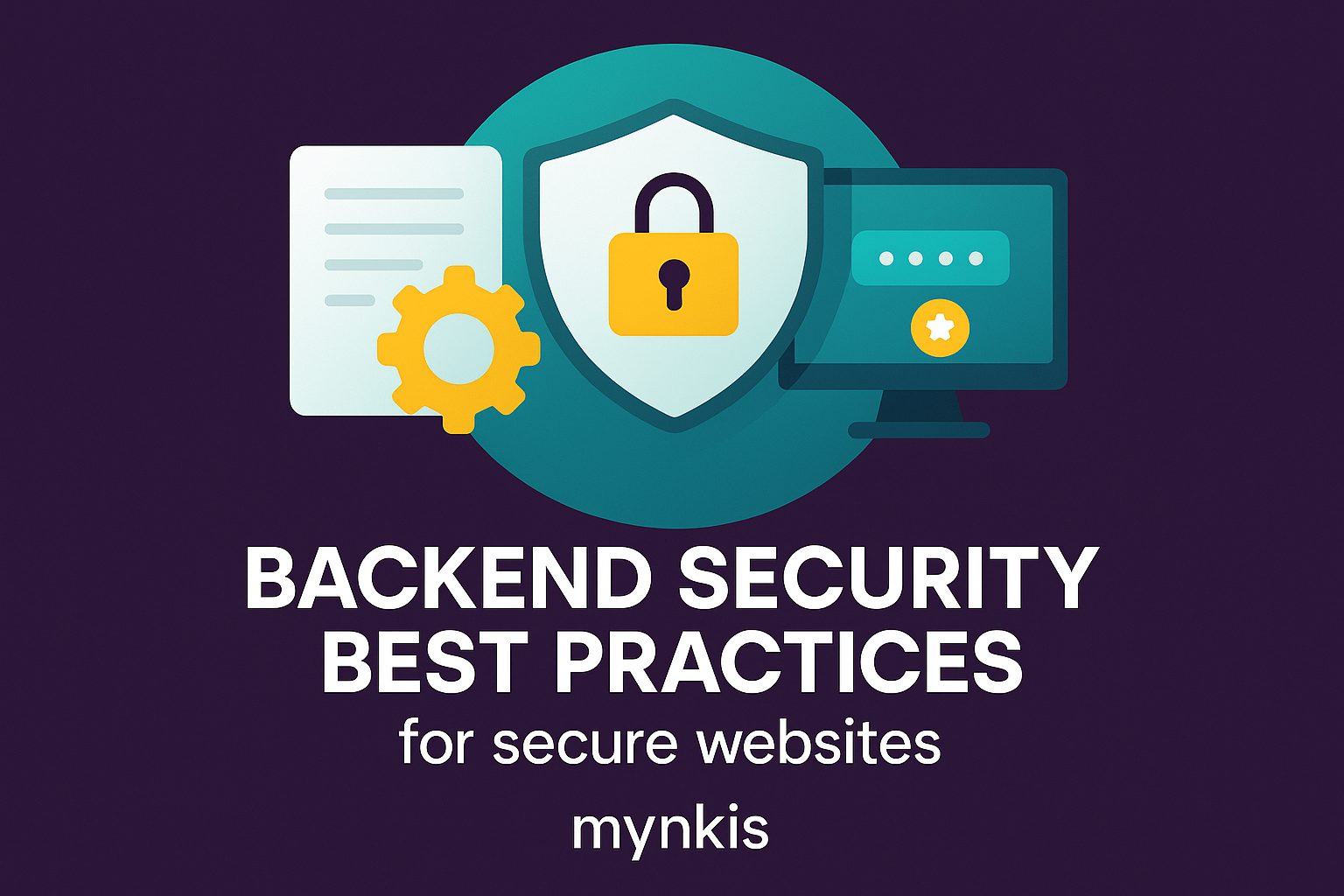Schedule a Demo
When it comes to building a secure backend for your business's website, it's not just about protecting data. It's about ensuring trust, maintaining your brand's reputation, and enabling seamless operations. So, let's get into the specifics of what makes a backend architecture robust against the digital threats that lurk in the shadows of cyberspace.
The key to a secure backend is building on strong foundations. I've witnessed firsthand how investing in robust framework choices can shield your site from many common vulnerabilities. Leveraging popular frameworks like Django or ExpressJS doesn't just provide out-of-the-box security; it ensures you're standing on the shoulders of giants who continuously refine security features.
But choosing the right tools is only the start. Following the principle of least privilege is foundational. Restricting user and application access rights to the bare minimum necessary greatly reduces the attack surface. In my experiences, startups growing at a breakneck pace often overlook this detail, only to pay a steep price later when faced with unauthorized access attempts.
Maintaining a secure backend is an ongoing process. Regular updates and patches are non-negotiable for keeping your defenses up to date against emerging threats. Think of it as akin to getting a yearly checkup: neglect it, and minor vulnerabilities can snowball into severe issues.
Case studies abound of organizations—from small businesses to S&P 500 giants—who've ignored timely patching, only to have their systems exploited by savvy hackers using known vulnerabilities. The key takeaway here? Prioritize security updates as you would core business strategies.
Authentication and authorization are the gatekeepers of your site's backend. I strongly advocate for Multi-Factor Authentication (MFA). MFA adds layers of security that make unauthorized access incredibly challenging. When working with top management, I've noted the pushback due to perceived complexity, but the reality is straightforward: the added security justifies the minimal inconvenience.
Similarly, implementing role-based access control (RBAC) isn't just a best practice—it's a necessity for businesses managing sensitive data across departments. RBAC ensures that employees can only interact with the data essential to their job function, reducing internal risk.
Data handling practices are at the core of backend security. Encrypting data both at rest and in transit has become the non-negotiable standard. Every byte of information passing through your website should be as protected as Fort Knox.
Another practice I can't emphasize enough is implementing secure coding standards. When guiding our engineering teams, we focus on preventing SQL injection and cross-site scripting (XSS) vulnerabilities. Believe me, developing with these precautions isn't just about following rules—it's about proactively fortifying your site against those looking to exploit it.
Without a doubt, what you can't see, you can't protect. Implementing thorough logging and real-time monitoring systems turns your site's operations into an open book. From tracking login attempts to monitoring unusual activity, these systems form the backbone of proactive security.
Some case studies revealed instances where timely alerts from monitoring systems thwarted potential data breaches. This real-world application showcases how integrating advanced monitoring into your backend can be as crucial as the most sophisticated cybersecurity software.
No matter how secure, every system might eventually face a breach. That's where a carefully crafted incident response plan comes into play. Such a plan is not just about damage control; it's about having a roadmap back to full operation with minimal downtime and data loss.
Based on organizations' past experiences that I've studied, a solid incident response plan entails immediate assessment, communication strategies, and recovery procedures. Without such a plan, even the most secure backend can find itself in free fall when the unforeseen occurs.
Finally, staying current with the latest trends in cybersecurity is crucial. Encouraging ongoing education among your backend developers fosters a team culture vigilant about security threats. From my perspective, the organizations that truly excel in security are those where every team member sees themselves as part of the defense mechanism.
By integrating some of these best practices into your backend development, from strong foundations to proactive education, you're not just building a site; you're crafting a bastion of digital security that can withstand the complexities of today's cyber threats.
